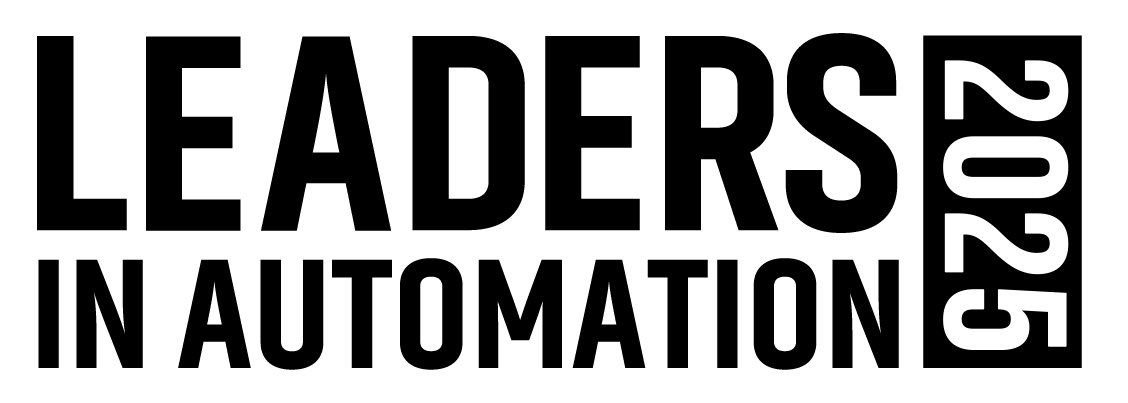A Japanese vegetable producer is making good on its 2012 promise of a fully automated farm.
Farming has always been a tough pursuit: early mornings, demanding physical labor and exposure to the elements. With the success of robots in many manufacturing sectors, it was only a matter of time before such technology would be employed in food production as well.
Kyoto-based Spread plans to open a hydroponic smart farm in 2017, producing 30,000 heads of lettuce a day to start, with the goal of increasing to half a million heads a day in five years. “Seed planting will still be done by people, but the rest of the process, including harvesting, will be done byindustrial robots,” said company official Koji Morisada. The crops are grown entirely indoors, with the use of blue and red LED lights.
Automated farming may help to address a labor shortage in Japan, where the population is aging. And increased food production that uses less energy and land sounds great, particularly if there aren’t enough people to get the job done. (I just hope this doesn’t signal the end of FarmersOnly.com commercials.)
About the Author

Leaders relevant to this article: